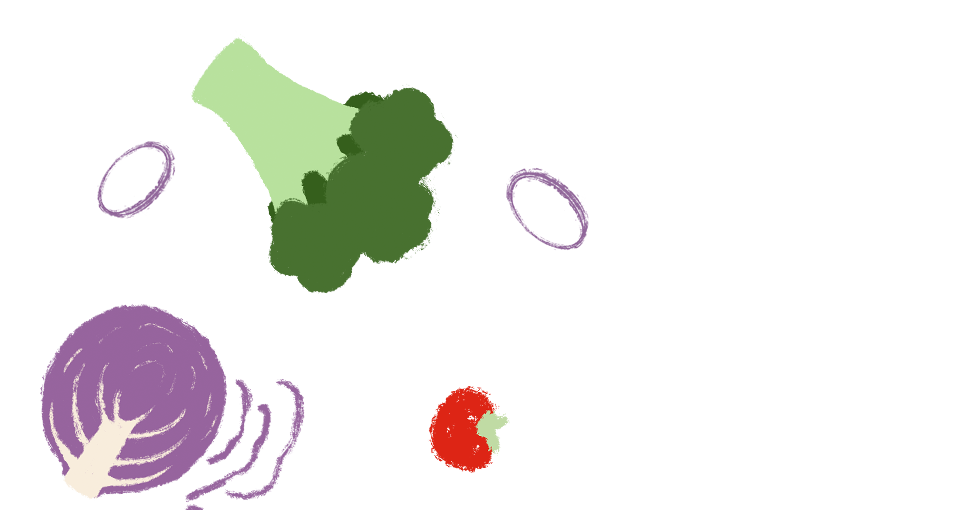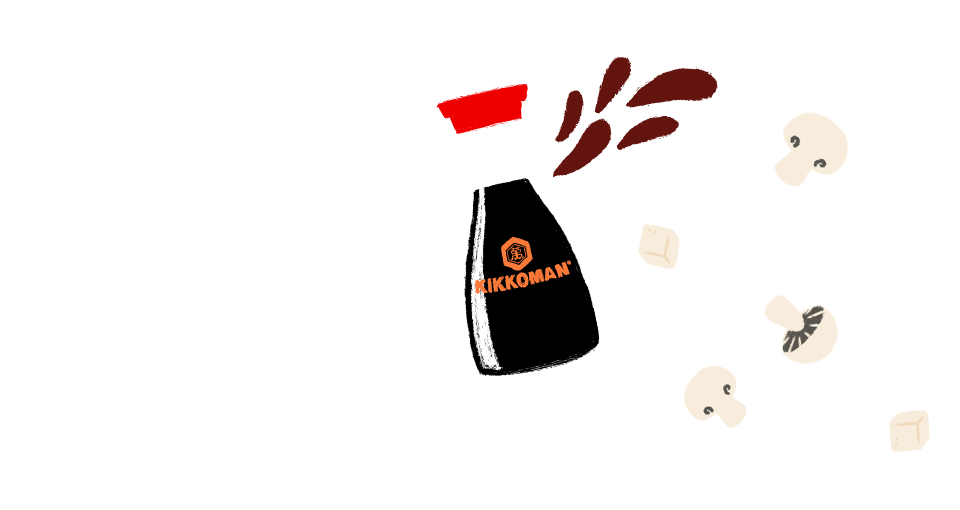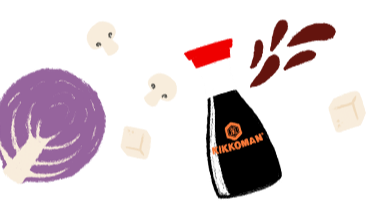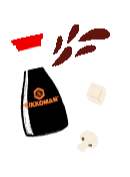

Different kinds of Soy Sauce
We all know there are a lot of soy sauces out there but there is a big difference between one soy sauce and another, with celebrity chefs and food writers at pains to point out the difference between Chinese and Japanese-style sauces.
Chinese soy sauces are available in both light and dark versions. Some are chemically produced and others are only partially brewed. However, any brewing is usually only for a matter of weeks without yeast, unlike Japanese soy sauces, which are brewed with specially cultured yeast for many months. Caramel colouring (E150) is often added to Chinese soy to create its trademark powerful, dark appearance. Many also contain added sugar, monosodium glutamate and preservatives, which may give an artificial taste and a consistency that is syrupy. Chemically produced soy sauce often has an overpowering flavour. Just a few drops too many and the dish is ruined!
In Japan, the home of Kikkoman, chemically produced soy sauce is a taboo. The Japanese soy sauce, sometimes referred to as 'shoyu' generally has a lower salt content and includes roasted wheat in the recipe. This not only improves the flavour and aroma, but also the colour of the sauce. Our advice is to always look at the label before buying. The fewer ingredients, the better!
Discover more













